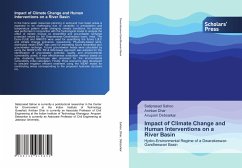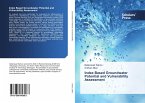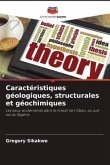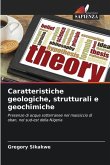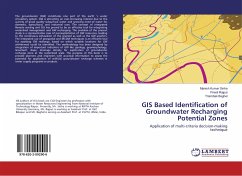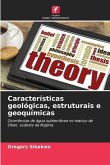In the future water resources planning in semi-arid river basin areas is expected to be challenging due to variability in precipitation and temperature pattern under changing climatic conditions. An analysis was performed in conjunction with the hydrological model to analyze the effect of climate change on streamflow and groundwater recharge projected values for the Dwarakeswar-Gandheswari basin, India. The Dyna-CLUE and MIROC5 were used for quantifying the future LULC and climate change scenarios, respectively. Physically-based semi-distributed model SWAT was used for estimating future streamflow and groundwater recharge. Future groundwater heads were calculated by using the MODFLOW. RS & GIS-based approach was adopted for the identification of groundwater potential, quality, and environmental vulnerability zones. A new effectiveness evaluation method based on gray clustering techniques was proposed for the environmental vulnerability index calculation. Finally, three scenarios were developed to simulate irrigation efficient treatment using the WEAP model for contributing areas corresponding to the proposed hydraulic structure (s).
Bitte wählen Sie Ihr Anliegen aus.
Rechnungen
Retourenschein anfordern
Bestellstatus
Storno

